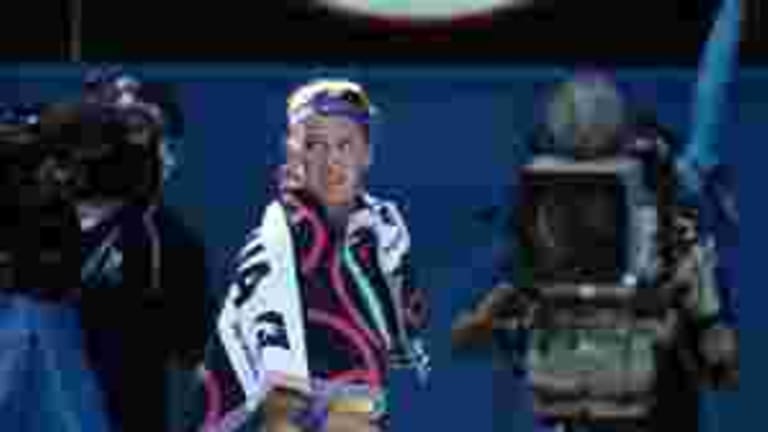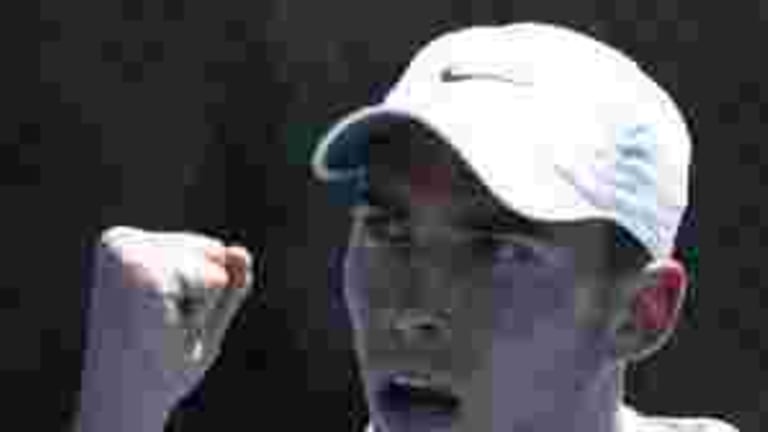Yesterday, both Pete Bodo and I talked about how the month of February no longer seems to be the black hole for tennis that it once was. That could be a function simply of Rafael Nadal playing in South America for the first time in eight years, and Serena Williams staying injury-free long enough to make it to Doha.
There’s no doubt that it also has to do with the increased visibility of smaller events, on the Tennis Channel in the U.S., on live streams everywhere, and in the tweets of journalists and bloggers and superfans watching the sport like hawks from every corner of the world. This morning you could, if you wished, see Serena Williams' blow-out first-round win, at the same time that you discovered, via Twitter, which member of a certain boy band Laura Robson considers the "cutest." As you can see, whether more exposure and information about tennis is a good thing or not is still open to question.
So far this month has also been a fine one for off-court news/mayhem. Here’s a round-up of a few of the latest stories.

